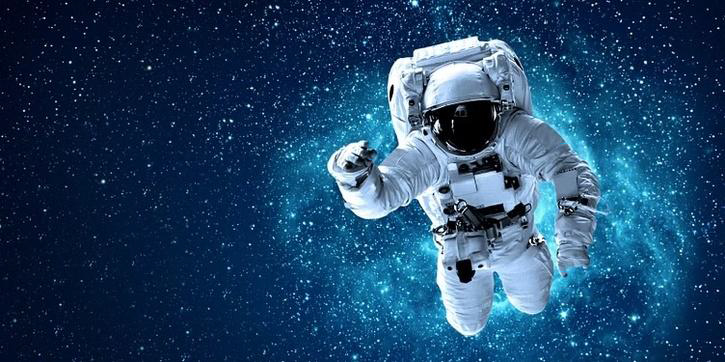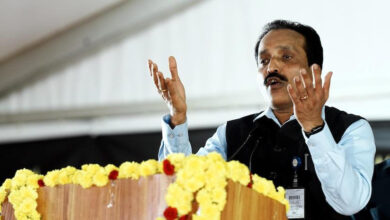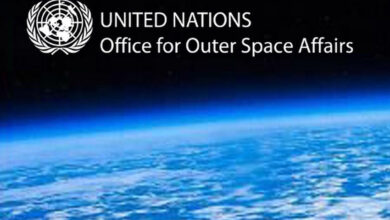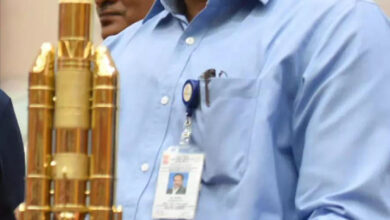ISRO Plans to Start ‘Space Tourism-the next frontier’ by 2030
- Are you a space enthusiast who dreams of taking a trip to travel outside Earth? Well, in about seven years from now, you could be able to do that!
- Space tourism, which was viewed as something straight out of a science fiction movie, is now becoming a real.
- We are currently in a new era of space tourism, with an increasing number of people leaving earth for limited periods, thanks to private companies that specialise in such endeavours.
- And in the times to come, regular long-duration space trips may even become a reality.
Bangalore, March 17. The concept of Space tourism or commercial space travel is not new. ‘Space tourism’ is the space travel for recreational, leisure of business purposes.

The Government is taking measures to augment domestic capacity for future realisation of space tourism.
ISRO has also carried out a few feasibility studies for a sub-orbital space tourism mission on-board a liquid propellant stage booster.
Through Gaganyaan, India’s maiden human spaceflight programme, ISRO is engaged in development of various technologies, which are essential building blocks for human space missions.
It has not been announced whether the module will include sub-orbital space travel or orbital space travel. The per ticket price is likely to be around Rs 6 crore. People who take the trip will also be able to call themselves astronauts,” Indian Space Research Organisation (ISRO) Chairman S. Somnath has said, “Work is in progress around India’s very own space tourism module, which is both safe and reusable.” Putting a timeline on the space travel module, the ISRO chairman added that enthusiasts will be able to take a trip to space by 2030. The estimated cost of the trip is slated to be Rs. 6 crore.
“The per ticket price is likely to be around Rs. 6 crore. People who take the trip will also be able to call themselves astronauts,” Somnath said.
Senior officials of the ISRO said that work related to the government’s space tourism module is ‘gaining momentum’. They added that the tickets will be available at “competitive prices” in the global market.
It has not been announced whether the module will include sub-orbital space travel or orbital space travel; however, the Rs. 6 crore price tag suggests that the module is likely to feature sub-orbital space travel.
The main difference between sub-orbital and orbital space travel is the speed at which a vehicle is travelling. An orbital spacecraft must achieve what is known as orbital velocity, whereas a suborbital rocket flies at a speed below that.
Sub-orbital trips generally involve spending 15 minutes at the edge of space, experiencing a few minutes in a low-gravity environment, before the spaceflight descends back to Earth.
Earlier this year, in February, Union Minister of State (Independent Charge) for Science and Technology, Atomic Energy, and Space, Dr. Jitendra Singh, had said in a written reply to the Rajya Sabha that ISRO has already started carrying out feasibility studies for India’s sub-orbital space tourism mission.
“Through Gaganyaan — India’s maiden human spaceflight programme — ISRO is engaged in the development of various technologies, which are essential building blocks for human space missions,” Singh said.
Scientists from ISRO told that ISRO is likely to partner with private firms for the development of the space travel module via the Indian National Space Promotion and Authorisation Centre (IN-SPACe).
Commenting on the safety aspect of the space trip, the ISRO chairman said that they are using the Reusable Launch Vehicle—Technology Demonstrator (RLV-TD) to gain more knowledge about the safety of the spaceflights.
“Along with the Gaganyaan mission, we are also gaining knowledge from our Reusable Launch Vehicle—Technology Demonstrator (RLV-TD). Since we are bringing space experiences to the common people, we have to ensure that these trips are extremely safe and our technologies pass safety clearances,” Somnath said.





